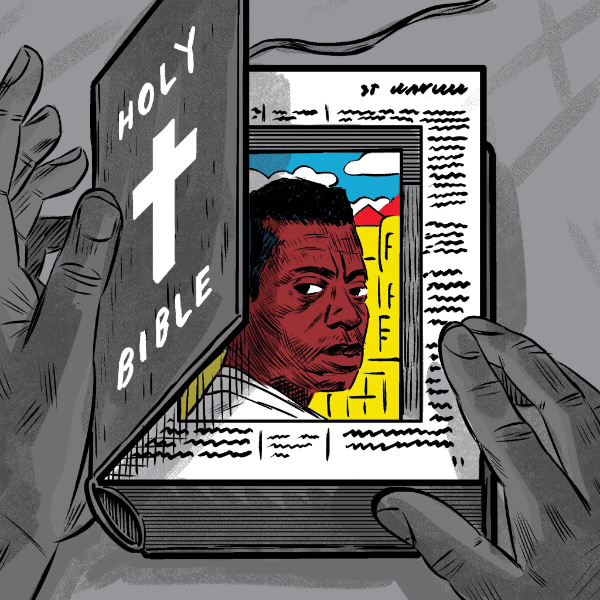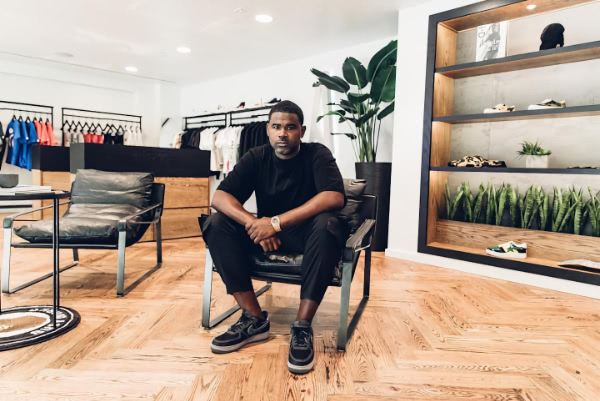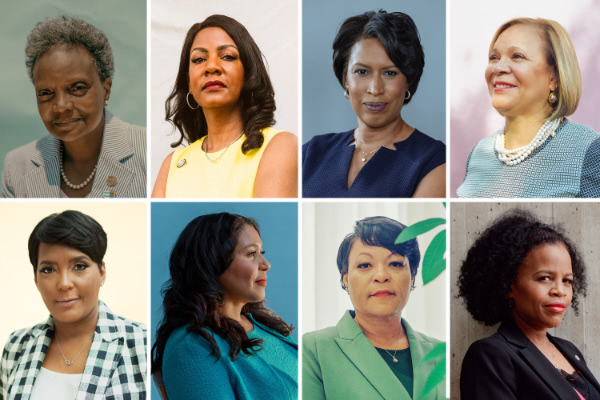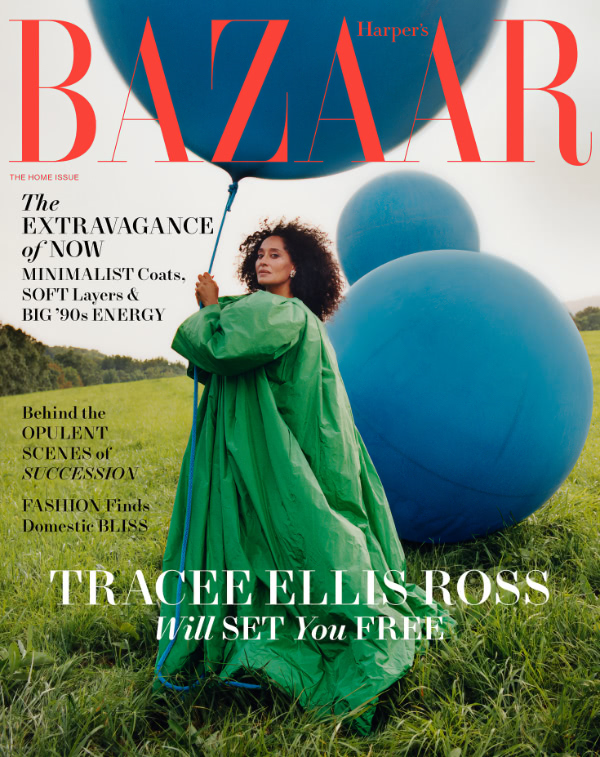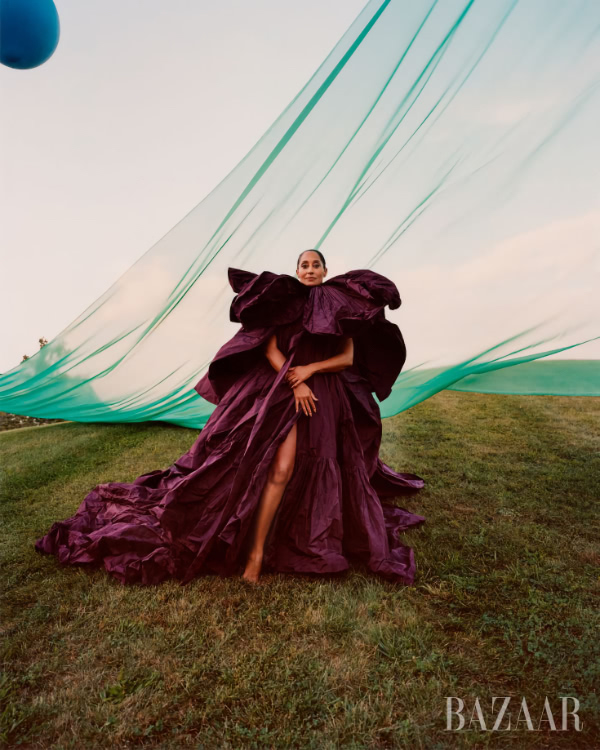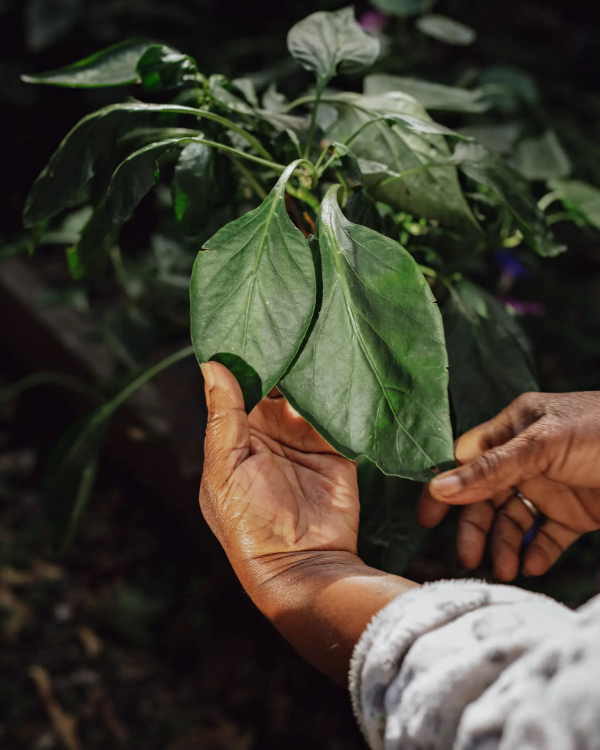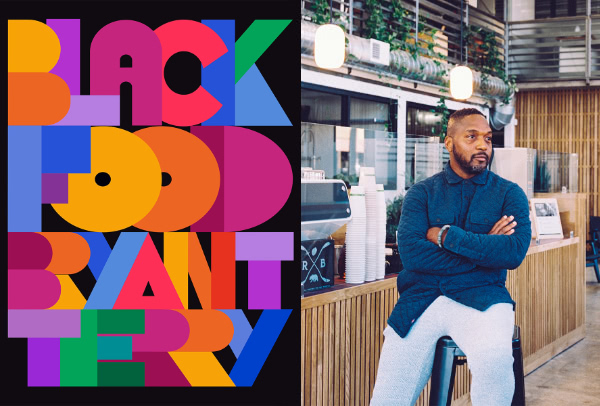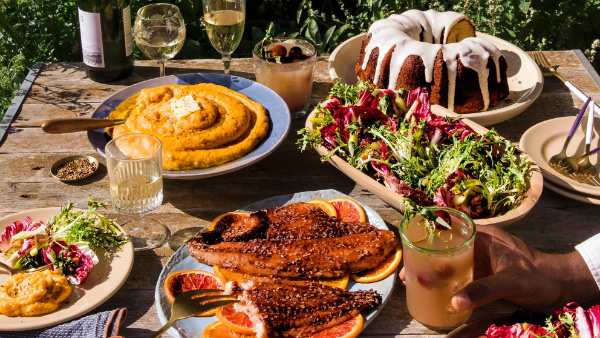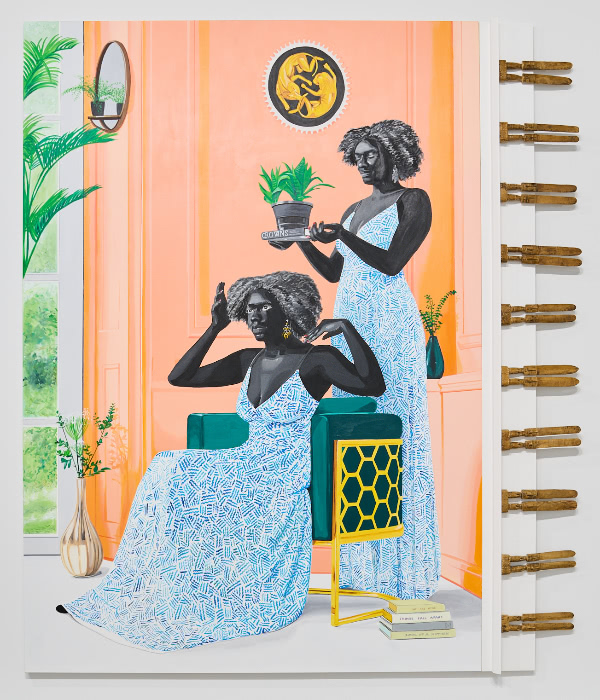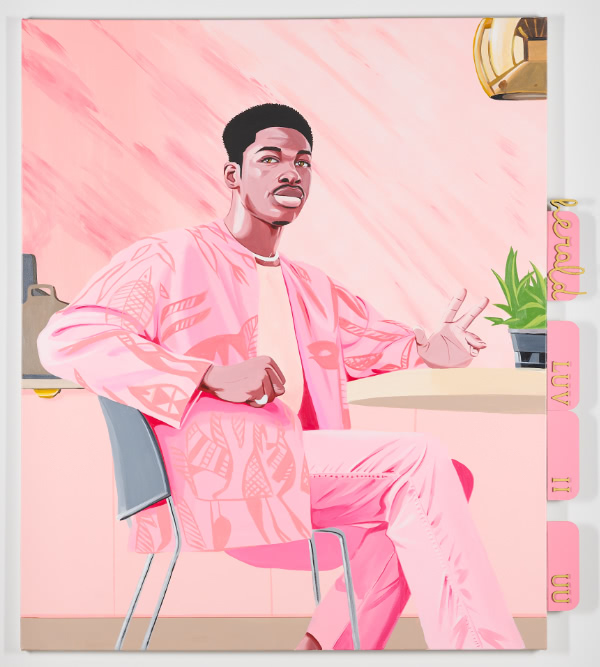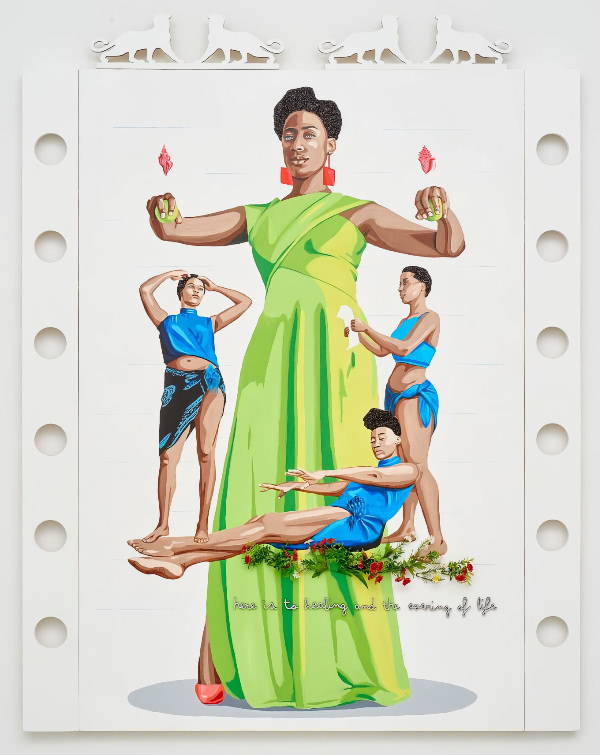How I Learned That Jesus Is Black
How does a Black Christian come to terms with a lack of concern for the deaths of Black people from the white Christians around him?
In a guest essay for The New York Times, writer and speaker Danté Stewart shares how he reconciled himself to this, learned how to love, and found a Black Jesus in the process.
It started in college at Clemson University, where I played on the nationally ranked football team. Many young Black athletes like me left home and quickly found ourselves around white Christians because they were the ones who had greatest access to us. […]
As the weeks and months and years went by, I found myself closer and closer to white people. After graduating from college, I joined a white evangelical church and entered seminary in the hopes of becoming a pastor there. […]
But before long, images of Black people dying started appearing all over our televisions and newspapers and newsfeeds. And too many of the nice white people around me just didn’t seem to care. And I knew: I had to find a way to get free and survive. […]
I remember how the comfort and safety of being around white people quickly turned into rocky ground. I remember the question that I couldn’t shake from my soul or my mind or my body: How do I be Black and Christian and American?
Stewart continues:
In desperation and sadness, trying to find words of faith in the face of Black death, I picked up the Rev. Dr. Martin Luther King Jr.’s “Where Do We Go From Here: Chaos or Community?” I devoured it.
I remember Dr. King quoting James Baldwin. It was the first time I had heard of Mr. Baldwin. In “A Letter to My Nephew,” he wrote, “Please try to remember that what they believe, as well as what they do and cause you to endure, does not testify to your inferiority, but to their inhumanity and fear.”
Judge Decides That Prosecutors Cannot Call the People Kyle Rittenhouse Is Accused of Shooting ‘Victims’
Rachel Pilgrim for The Root:
The trial for Kyle Rittenhouse, the white teenager who is accused of shooting and killing two protestors and wounding another in Kenosha, Wis., last summer, begins next week and there’s already a feeling that a miscarriage of justice may take place.
On Monday, Kenosha County Judge Bruce Schroeder sided with Rittenhouse’s defense lawyers and told prosecutors that they cannot use the word “victim” to describe the two people… Rittenhouse is accused of killing. (A third victim… survived the shooting.)
Even more concerning, the judge will still allow the defense to call the victims “rioters,” “arsonists” or “looters.”
Sneakers generated $70B last year. Black retailers saw little of that.
Curtis Bunn, writing for NBC News:
Many in the industry — from retail store owners, consumers, franchisees and executives — have expressed concern that only 5 percent of sneaker retailers in America are Black.
“It’s a white boys’ club, like most things,” said James Whitner, a Black man who has carved out a successful niche with boutique apparel and sneakers stores in several cities. “There are people aware of it, but their privilege doesn’t force them to have to change it.” […]
The barrier to entering the retail market is high for a prospective store owner, between corporate control over which stores can even sell their sneakers, and required startup costs that begin at around $60,000.
These 8 Black Women Run Some of the Biggest U.S. Cities
Jennifer Harlan and Giulia McDonnell Nieto del Rio, reporting for the Times:
Brought together by their mutual experiences, the women say they find solace in their bonds with each other. In moments of strength, happiness and adversity, they lean on each other.
“There’s definitely a sisterhood there,” said Ms. Jones of St. Louis, adding that seeing strong Black women leading major cities bolstered her resolve in her own campaign.
The mayors have text threads. They do group video chats and share jokes. They watch each other on T.V. and read each others’ statements, seeking lessons in leadership applicable to their own cities. Ms. Jones and Ms. Bottoms were in the same historically Black sorority, Delta Sigma Theta. Ms. Lyles even sent Ms. Bowser a baby gift.
The support system provides a private space for shared insights, both professional and personal. “I think that all of us recognize that we’re walking in the same shoes,” Ms. Lyles said.
In essence, the women lift each other up. For Ms. Bottoms, this sometimes means sending a text just to say: “Hey girl, I’m thinking about you. Keep your head up.”
Tracee Ellis Ross Will Set You Free
Kaitlyn Greenidge profiles the actress for Harper’s Bazaar:
Ross tells me a story from her childhood: “My pediatrician said to my mom, when I was teeny weeny, ‘Here’s the deal with Tracee. She’s a ball of energy. And your job as a parent is to just help guide it in the right direction.’” She holds up both hands and makes an ushering motion to the air in front of her, as if urging an unruly imaginary puppy to heel. “‘You cannot change this energy.’ I have many a memory of really genuinely thinking that who I am was wrong. Just wrong. And that I had to learn to be somebody else or I was really going to ruin my life. And the biggest epiphany and opening for me was that, no, the best I could do was actually be me.”
Black Gardeners Find Refuge in the Soil
The Times:
Something feels different. You might have noticed it on your social media timelines, in your local community or even in your own backyard.
With the proliferation of Instagram accounts like Black Men With Gardens and Black Girls With Gardens, initiatives like Black Sanctuary Gardens, garden-centered podcasts like Black in the Garden and even a boom in Black-owned seed companies, this is a moment in which Black gardeners are turning — or returning — to traditions of sustenance, solidarity and sanctuary. They are finding a new sense of refuge in a traditional act of horticulture.
Six Black writers share their love for gardening. Designer and gardener Ron Finley:
Please stop and view the sunflowers. Without hesitation, a garden will inspire an appreciation for inspiration and collaboration. When you are gardening, you are practicing life skills. Who is the clown that said money don’t grow on trees? Money most definitely grows on trees. […]
You bring a child into the garden and you’re showing them the alchemy of life. They learn that a tiny seed has the power to feed them for hundreds of years. This lesson teaches a child how to be a steward of this planet. It shows them how to care.
Bryant Terry’s Genre-Defining New Cookbook, ‘Black Food’
Chef, activist, and author Bryant Terry writes about and shares recipes from his new cookbook for Bon Appétit:
The thing that most excited me is when I was imagining Black people reading this book having all types of revelations and learning new things and just feeling like they’re fed, not just literally with the recipes, but also intellectually and spiritually. I hope that this book moves everybody, but especially Black people, to a place where we appreciate and love our food traditions more than we did before.
Conrad Egyir: Chapters of Light
Institute of Contemporary Art San José:
Egyir is a Ghanaian artist based in Detroit, working in figurative narratives of the African Diaspora. His work blends religious and West African folk iconography within domestic scenes, portraying a deep understanding of the history of portraiture. He utilizes shaped canvases and relief elements to reference stamps and postcards as metaphors for migration; journals, books, binder tabs, and chapters as metaphors for time and the archiving of ideas.
More of Egyir’s work here. His exhibition at ICA San José, Conrad Egyir: Chapters of Light, runs through February 20, 2022.
(via Culture Type)
Thanks for reading. See you next week.

